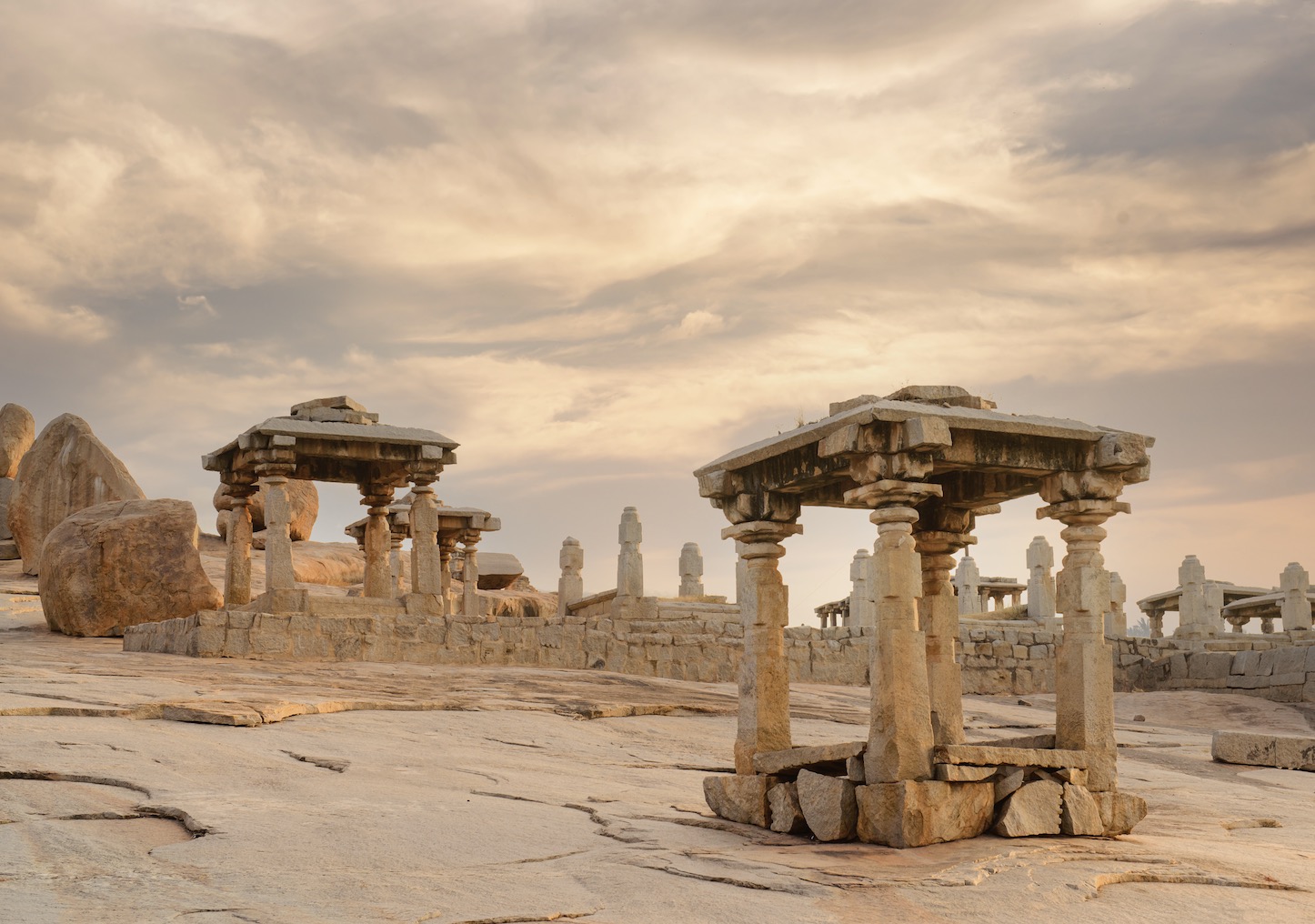Drama, as a form of storytelling and performance, has evolved significantly over millennia. This timeline provides a structured overview of the key milestones in the history of drama, from its earliest origins to its development through various cultures and eras.
When did People Start Creating Dramas?
People began creating dramas in ancient civilisations, with the earliest known examples dating back to around 2500 BCE in Egypt. These early dramas were often part of religious ceremonies and rituals. For instance, the Abydos Passion Play in Egypt depicted the story of Osiris and was performed as part of religious rites.
By 2000 BCE, Mesopotamians also incorporated dramatic elements into their religious festivals, with narratives like the Epic of Gilgamesh likely being performed.
The formalisation of drama as a distinct art form occurred in ancient Greece around the 6th century BCE. Thespis, who is often considered the first actor, introduced the concept of stepping out of the chorus and engaging in dialogue in 534 BCE. This marked the beginning of true dramatic performance.
In summary, the creation of dramas can be traced back to ancient Egypt and Mesopotamia around 2500 BCE, with significant developments and formalisation occurring in ancient Greece by the 6th century BCE.
Ancient Civilisations
2500 BCE – Ancient Egyptian Drama
- Abydos Passion Play: The earliest known dramatic performance, depicting the story of Osiris, was performed as part of religious ceremonies.
2000 BCE – Mesopotamian Drama
- Epic of Gilgamesh: Mesopotamians performed narratives like the Epic of Gilgamesh during religious festivals, incorporating dramatic elements.
Greek Contributions
534 BCE – Thespis
- Thespis: Considered the first actor, Thespis introduced the concept of stepping out of the chorus and engaging in dialogue, marking the formal beginning of Greek drama.
5th Century BCE – Aeschylus, Sophocles, and Euripides
- Aeschylus: Introduced the second actor and dialogue, creating the foundation for true dramatic structure.
- Sophocles: Added a third actor and developed more complex characters and plots.
- Euripides: Known for his psychological depth and exploration of human nature in his plays.
Roman Influence
240 BCE – Livius Andronicus
- Livius Andronicus: Translated Greek plays into Latin and introduced Roman audiences to dramatic performances.
200 BCE – Plautus
- Plautus: Roman playwright who adapted Greek comedies, adding his own elements of humour and characterisation.
1st Century CE – Seneca
- Seneca: His tragic plays, although not intended for stage performance, influenced later dramatic literature, especially during the Renaissance.
Medieval Developments
10th Century CE – Liturgical Drama
- Liturgical Drama: Originating from church services, these dramas were performed to educate the public on religious stories, particularly around Easter and Christmas.
12th Century CE – Mystery Plays
- Mystery Plays: Evolved from liturgical dramas, performed by guilds in public spaces, depicting biblical stories from creation to the Last Judgement.
Renaissance Flourishment
16th Century CE – Shakespeare and Elizabethan Drama
- William Shakespeare: Revolutionised drama with his complex characters, intricate plots, and exploration of human nature, setting the standard for modern drama.
2500 BCE
Ancient Egyptian Drama: The Abydos Passion Play, the earliest known dramatic performance, depicts the story of Osiris as part of religious ceremonies.
2000 BCE
Mesopotamian Drama: The Epic of Gilgamesh was performed during religious festivals, incorporating dramatic elements.
534 BCE
Greek Drama: Thespis, considered the first actor, introduced the concept of stepping out of the chorus and engaging in dialogue.
5th Century BCE
Greek Playwrights: Aeschylus introduced the second actor and dialogue. Sophocles added a third actor and developed complex plots. Euripides explored psychological depth in his plays.
240 BCE
Roman Drama: Livius Andronicus translated Greek plays into Latin, introducing Roman audiences to dramatic performances.
200 BCE
Roman Drama: Plautus adapted Greek comedies, adding humour and characterisation.
1st Century CE
Roman Drama: Seneca’s tragic plays influenced later dramatic literature, especially during the Renaissance.
10th Century CE
Medieval Drama: Liturgical drama originated from church services, performed to educate the public on religious stories.
12th Century CE
Medieval Drama: Mystery plays evolved from liturgical dramas, performed by guilds in public spaces, depicting biblical stories.
16th Century CE
Renaissance Drama: William Shakespeare revolutionised drama with complex characters, intricate plots, and exploration of human nature.
Conclusion
From ancient religious ceremonies to sophisticated theatrical performances, the history of drama is a testament to its enduring appeal and cultural significance. Each era and civilisation contributed to its evolution, shaping drama into the diverse and dynamic art form it is today.
Looking for something specific?
Did You See These?
- Why did Ancient People Create Poems?
- Mother to Mother Questions and Answers pdf
- Five Types of Folktales and a short explanation of each
- Thodea dza Nganeapfufhi – Requirements of a Short Story
- When did the Short Story Start to Become a Popular Genre?
- isiZulu Stories Reading Books for Grade 1 – 5+ Kids for free download
- Why are Some Myths Set in Real Places?
- How Can Stories Give People Problem-Solving Skills and Maybe Empathy from a South African Perspective?

